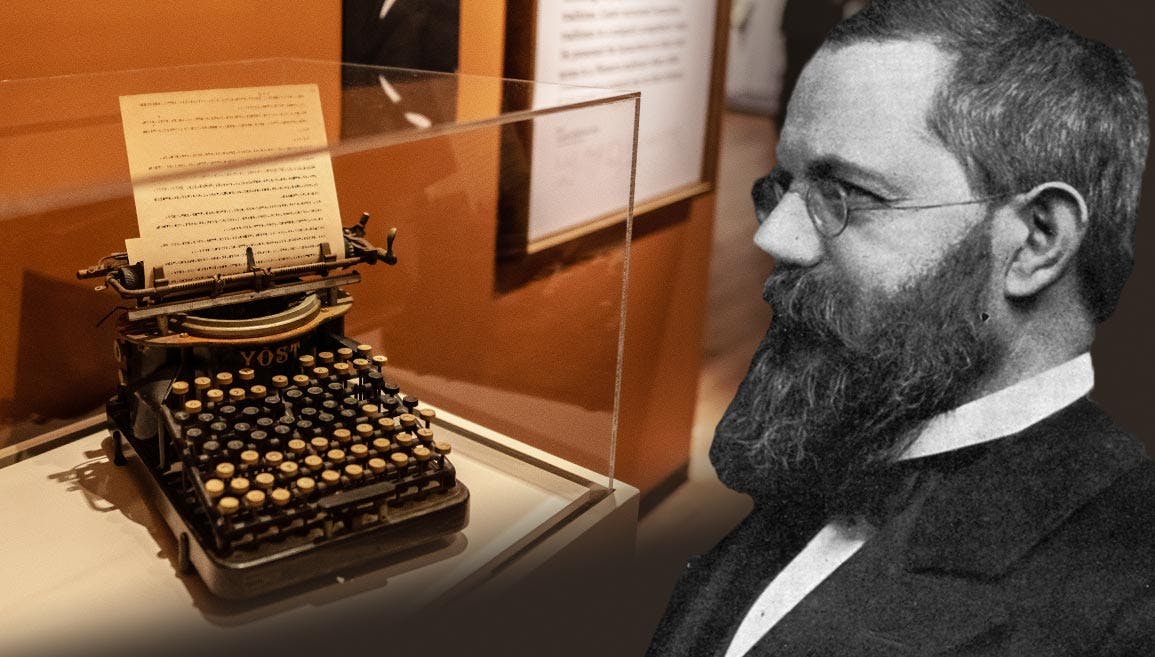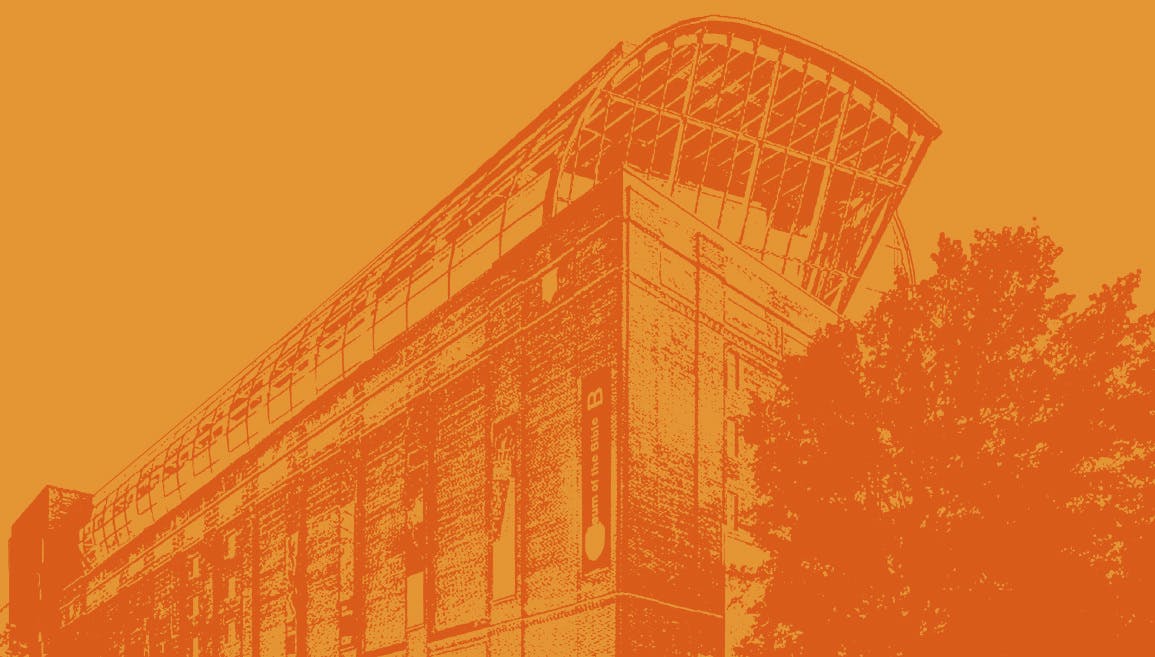Scripture and Science: Re-examining the Relationship

Sometimes the simplest questions are also the most profound. How did our universe begin? What is the origin of life? What makes me human? Such “big questions” are as fascinating to people today as they were in biblical times, and the Bible’s statements about the natural world have left a significant impact on the way some of history’s most brilliant scholars and scientists have thought about our universe, ourselves, and our place in it all. In fact, though it is not a scientific textbook, the Bible has helped shape the development of what today we call “science.” But this isn’t the story we’re often told.
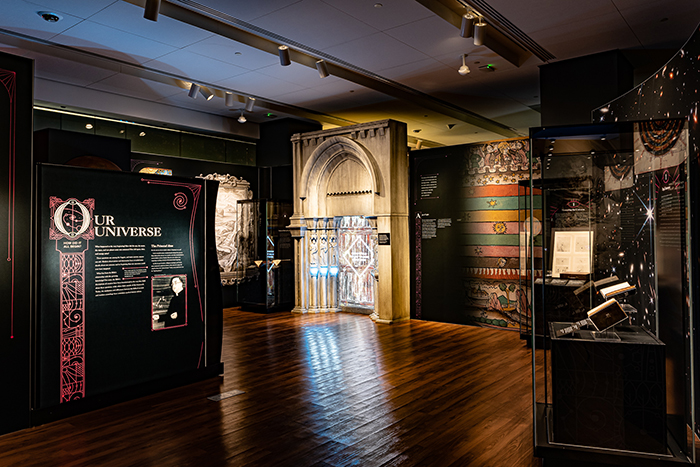
Figure 1: Museum of the Bible’s Scripture and Science exhibit, “Our Universe” section.
Museum of the Bible’s Scripture and Science exhibit dives deep into the complex historical relationship between the Bible and science to discover why. The exhibition opened this past January, and last month the museum was proud to launch an online version (link at the end of the article). The project was made possible through generous grants from the John Templeton Foundation, the Templeton Religion Trust, and the TBF Foundation. It involved dozens of leading scholars and scientists from numerous fields of study working together to investigate the Bible’s impact on science and the many ways it has helped shape the modern world.
The relationship between the Bible and science has long been a topic of debate. Indeed, it is common today for people to see the two as completely separate subjects. Accordingly, the Bible speaks to matters of faith. Science, on the other hand, is grounded in the firm terrain of observable facts. Popular books, movies, and television shows even portray them as being in conflict, spurring such questions as, “Have science and religion been at war for millennia?” or “Has the Bible been an obstacle to scientific progress?”
This “conflict narrative,” however, does not align with the historical record. In fact, for much of Western history, many philosophers, theologians, and scientists saw no clear distinction between faith and scientific knowledge. As one ancient metaphor puts it, God was the author of two “books”: a Book of Works and a Book of Words. The Book of Works, or creation, points to its creator. The Book of Words, or scripture, reveals that creator’s name and creation’s ultimate end. Studying the natural world, in other words, was an important way of truly knowing God. And as they pursued scientific knowledge, biblical faith informed why they believed science is important, how it should be done, and for what purpose. Conflict has certainly arisen, but it hardly defines this story. Our exhibit strives to tell the rest of the story.
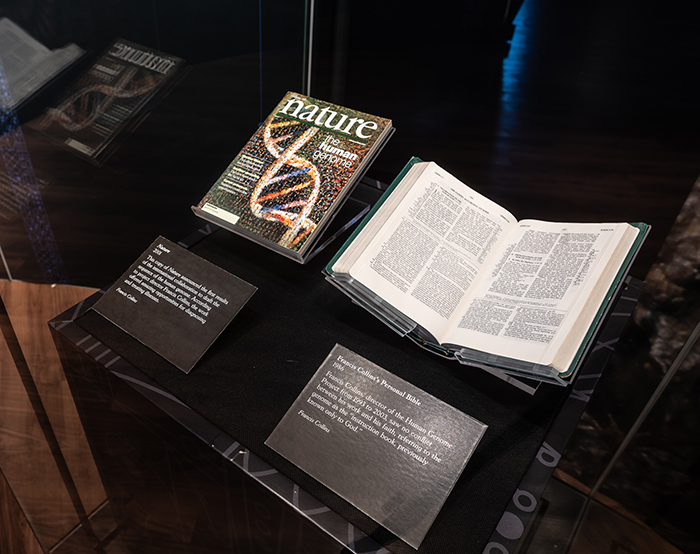
Figure 2: Former director of the Human Genome Project Francis Collin’s personal Bible, on view in Scripture and Science.
Scripture and Science explores how biblical faith has been entangled with scientific knowledge for over 2,000 years as people have sought to understand six “big questions,” like those above. In addition to objects from our own collections, the museum has partnered with nearly two dozen individuals and organizations to bring together remarkable artifacts under one roof, ranging from Galileo’s handwritten notes of his earliest observations through a telescope, to the chalice used by Buzz Aldrin to take communion while on the moon. Combined with immersive interactives, the goal is for people to come away with a better appreciation of this history and the Bible’s impact on science yesterday, today, and even into the future.
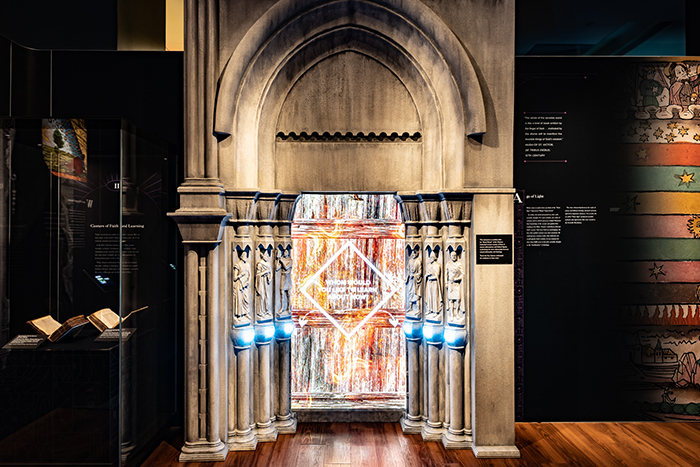
Figure 3: The Chartres Cathedral interactive, where guests can learn how medieval centers of learning like Chartres preserved and expanded upon the writings of ancient natural philosophers such as Ptolemy and Aristotle, which set the stage for the later Scientific Revolution.
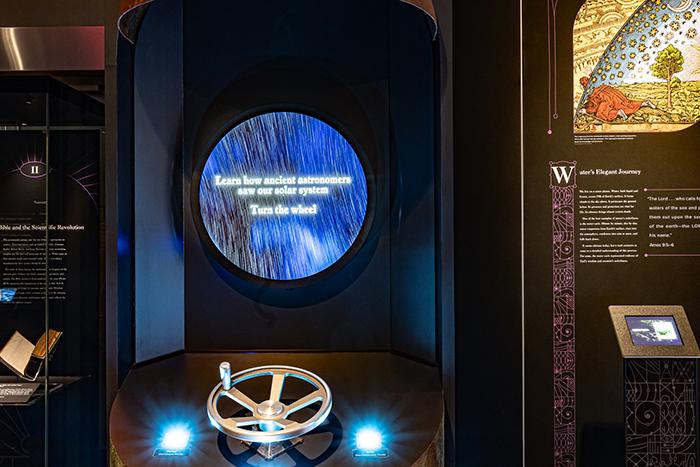
Figure 4: Heliocentric wheel interactive. Turn the wheel to see how heliocentric and geocentric models of the solar system work.

Figure 5: imago Dei interactive. Discover the ways humans are unique.
Scripture and Science will remain open until January 15, 2024. Come re-examine the story.
By Dr. Anthony Schmidt, Exhibition Curator

